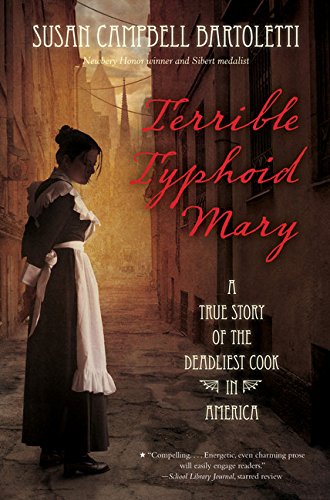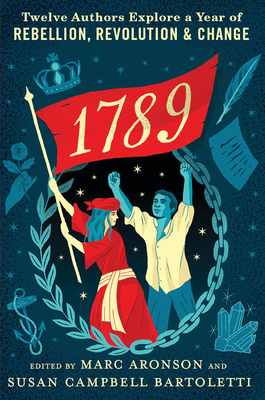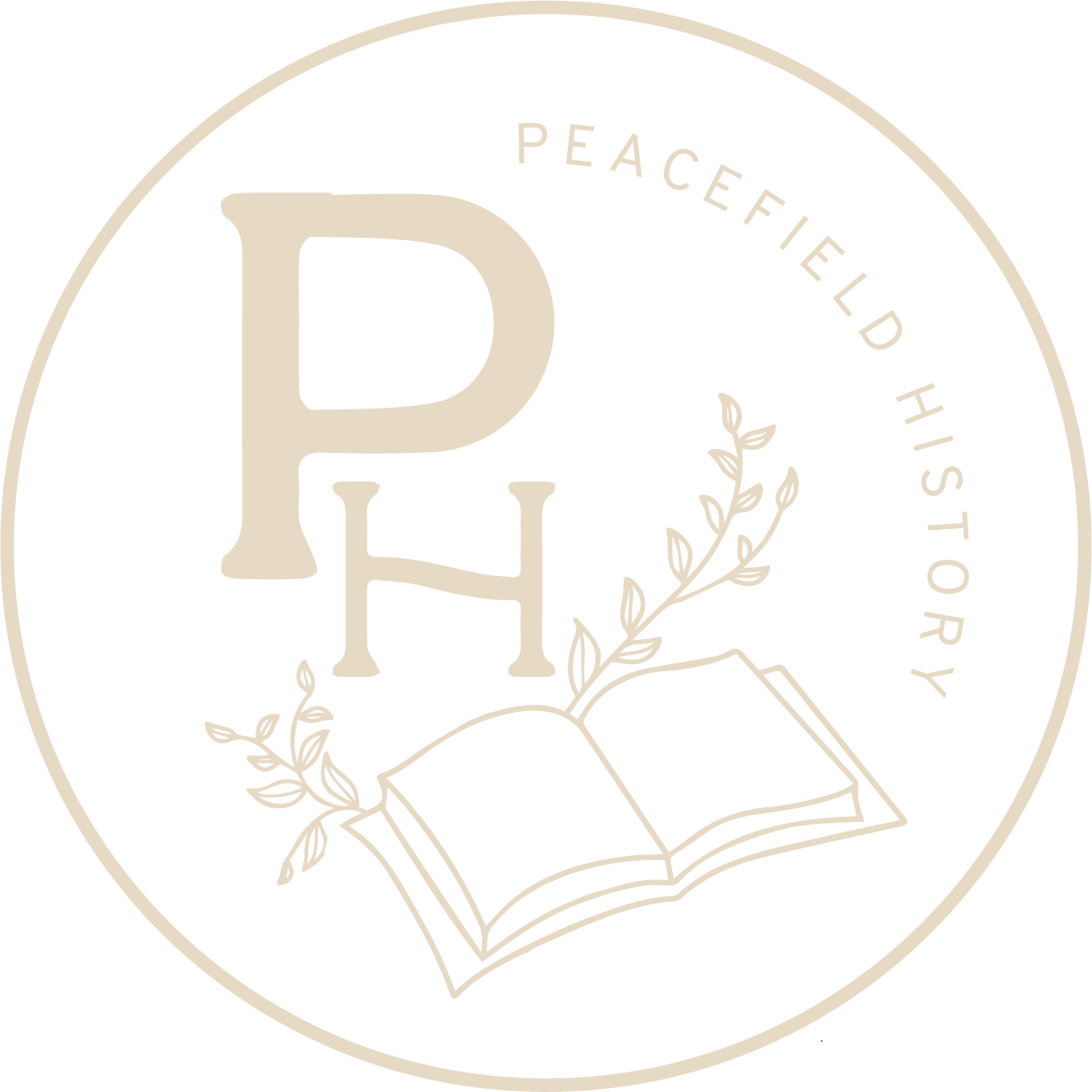Terrible Typhoid Mary
Series: Reads and Reviews, Reads and Reviews - August 2021
Genre: Historical Nonfiction - Middle Grade
(Middle Grade reading level - No content concerns - if you have a student who's VERY squeamish, this book might not be the book for them.)
So, a biography of "Typhoid Mary" turned out WAY more relevant than it should be in the "panda" era of 2021.? If you don't know that backstory of Typhoid Mary, basically, she was a carrier of Typhoid, but she didn't show any symptoms herself, and never remembered having the disease. She was a transient Irish immigrant in the early 1900s, and she made her living as a cook, so she kept reinfecting people as she transferred from job to job. Mary was eventually tracked down by the rudimentary health inspectors of the day, but she was in complete denial that she could be a carrier. She was then confined to an island off the coast of New York City so that she could be tested for typhoid. Mary's reaction to these events proved most relevant. She fought against any accusations, and once she was released, she would go onto take more jobs (one in a hospital!) and infect more people. She also refused surgery to remove her gallbladder, which may have cured her of the disease. Still, she had reasons to feel the way she did, and as an immigrant woman, she was just lambasted by the press. Her story represented why confusion and pushback against what might be CLEAR medical decisions are so deeply connected to one's understanding of the world. This book would certainly generate some great conversations in the classroom.
More info →1789: Twelve Authors Explore a Year of Rebellion, Revolution, and Change
Series: Reads and Reviews, Reads and Reviews - August 2021
Genre: Historical Nonfiction - YA
This book was a revelation in historical writing. There are 12 chapters in all, and each focuses on the story of one individual and the ideas that pushed their thinking towards rebellion, revolution, or change. Each was written by a historian who is an expert on that topic.
This book doesn’t center around the typical men or topics that take up most of the space in any regular book about the Revolutionary era. Instead, one chapter is devoted to a Seneca leader, another focuses on a geologist, there’s a painter, a mathematician, and many more. Although they are not overtly explained, questions of freedom, equality, and race intersect and envelop each other in each of the 12 stories.
Though this book centers around historical events occurring in 1789, the way in which the stories were presented made them feel current and modern. This might be partly due to the fact that the people in these stories aren’t the same tired forefathers who seem so dead and distant. Further, by examining the inner thoughts of each of the historical actors, their concerns and passions seem much more universal.
I’ve often preached about the necessity of rewriting the narrative of U.S. History. This book does so well, and in a way that should be emulated. (A small plea to the writers - could you create a middle-grade version?)
This book would be a fantastic addition to any U.S. History class where the teacher has the time to devote a good couple of weeks to deep-diving into the Revolutionary era. Divide the chapters among students - have them dissect the topics and find the commonalities among the ideas. Technically, this book was labeled as a YA book, however, I would suggest it’s best for students in grades 10 through 12. This book does require students who can teach at a high school level, however, some chapters were more approachable than others.
More info →



